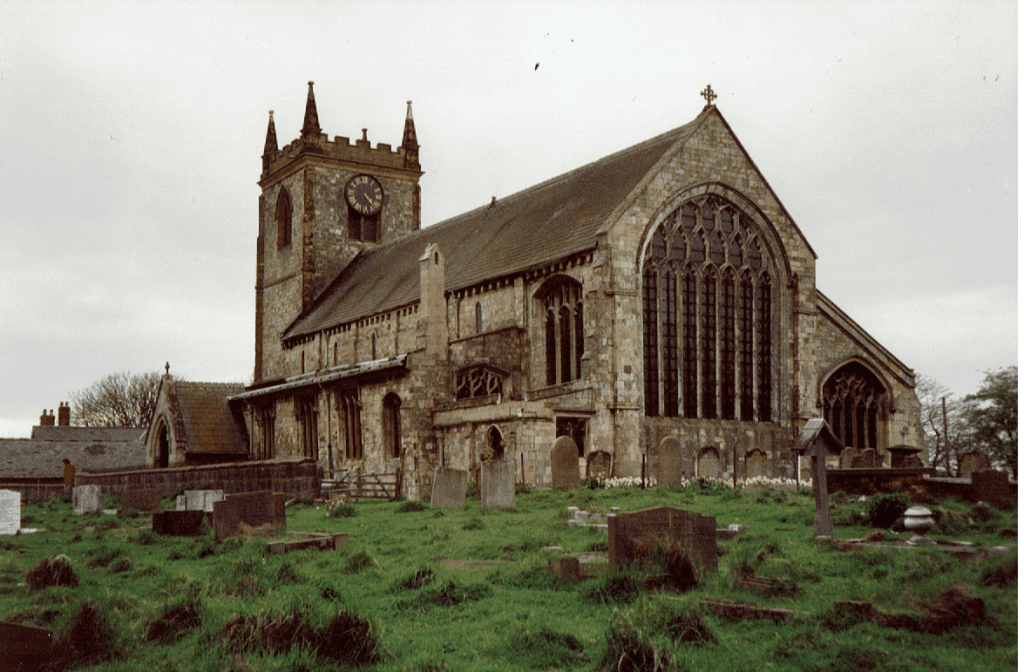
Today’s picture is a photo. of Swine church taken from the south-east part of the churchyard, a photo. taken some years ago.
Thompson (s.p.b.) wrote his history of Swine (s.p.b.) in an age less commited to conservation than our own, in his Preface he writes ‘The rapid decay of the antiquities of the country by all-devouring time, and the barbarous spoilations of ignorant men, call for the interposition of the annalist and antiquary, to preserve the knowledge of those remnants of curiosity and antiquity which are still to be found in the kingdom’.
Thompson makes three other interesting points in his Preface;
(a) Having noted that religious dissention has in the past led to the destruction of places of worship he notes that ‘better times have succeeded’. By this he is refering to a post-Napoleonic War Act of Parliament whereby £1 million was allocated to new church building across the country, this to counter the rapid rise in support for the ‘new’ dissenting sects, particularly Methodism, and their chapel building programmes.
(b) In recognising that his book was but a history of one parish he hoped that someone would ‘execute the comprehensive plan of the late Rev. William Dade’, that is compile a history of all of Holderness. These blogs from a few weeks ago show that this aim was later to be accomplished by George Poulson (s.p.b.s).
(c) A reference to the his ‘remembrance’ of when ‘the vicar of Swine was also the schoolmaster’ shows that Thomas Thompson grew-up in the village of Swine.
Swine was a very large medieval parish, evidence from the Reformation, usually in the form of deeds of sale, show that Henry VIII sold on the arable, pasture and meadow lands of Swine itself to Sir Richard Gresham as well as the chapels of ease and great tithes of; Coniston, Ganstead, Skirlaugh, Arnold, Bilton, Burton Constable, Thirtleby, Benningholme, Marton, Dowthorpe and Ellerby. The fine church at Skirlaugh survives.